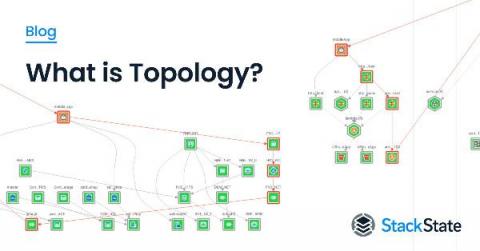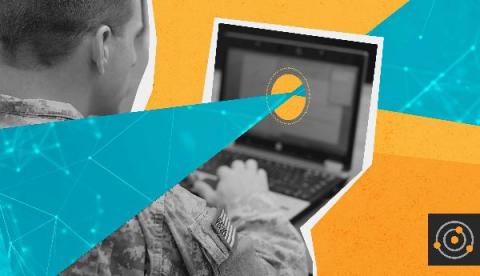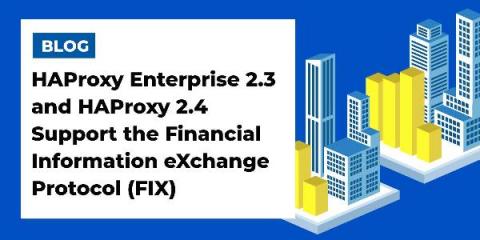Operations | Monitoring | ITSM | DevOps | Cloud
Latest News
Resolve Network and VPN Performance Problems Faster with Endpoint Monitoring
IT professionals are now adapting to remote environments and learning to manage a distributed, homebound workforce. In recent conversations with IT pros, many have cited that connectivity/VPN and home network issues are their top challenges but they lack the visibility to diagnose and troubleshoot these problems. Catchpoint for employee experience monitoring gives IT teams what they need: visibility from remote users’ devices to any business-critical application across any network.
Explore NGINX usage, performance, and transactions to increase customer experience
Bigleaf with Big Problems: Does It Have the Solutions?
Your business seeks a high-performance, flexible, cost-effective, and more secure alternative to Multiprotocol Label Switching (MPLS). Welcome to software-defined wide area networks (SD-WANs)! An improvement over legacy dedicated MPLS circuits, SD-WAN solutions deliver easily manageable networks with a high quality of service (QoS). Yet, your IT team tells you that SD-WANs aren’t cloud-optimized or mobile-device friendly.
Network monitoring with Hosted Graphite
Network monitoring is the process of looking after your network with the help of various tools and techniques. These tools that are often called network monitoring systems constantly track various aspects concerning your network, such as bandwidth usage, traffic, etc. This tracking is important in case of outages as these systems notify the network administrator immediately. Moreover, network monitoring systems are essential for status updates so that you can improve your system’s efficiency.
AppDynamics and ThousandEyes Extend Complete Visibility and Collaboration Across Your Entire Application Ecosystem
Say goodbye to silos and gain end-to-end application delivery chain visibility. It’s time to take back control with AppDynamics and ThousandEyes.
What Is Topology?
Topology is a multilayered map showing how everything in the IT environment is related. It's similar to Google Maps, which gives you a bird's eye view into an area and how everything is interconnected. Also, in Google Maps, you can see how traffic is flowing and which intersections may be causing bottlenecks. A view into topology allows similar visibility. You can see how components of an IT system are laid out to interact with each other.
Why Your Business Should Consider Private And Direct Connections To Google Cloud
How Eliminating Network Choke Points Can Help the DoD Plan for the Next Wave of the Pandemic
HAProxy Enterprise 2.3 and HAProxy 2.4 Support the Financial Information eXchange Protocol (FIX)
A floor of commotion bustling with people holding phones and shouting out purchase and sell orders, some using hand signals to communicate over the noise. This was a common scene on Wall Street in the 1980s. Nowadays, transactions happen at the push of a button with traders sitting directly in front of a computer. In fact, the computer has made it possible to automate the buying and selling of securities, leading to an era of high-frequency, algorithmic trading.











